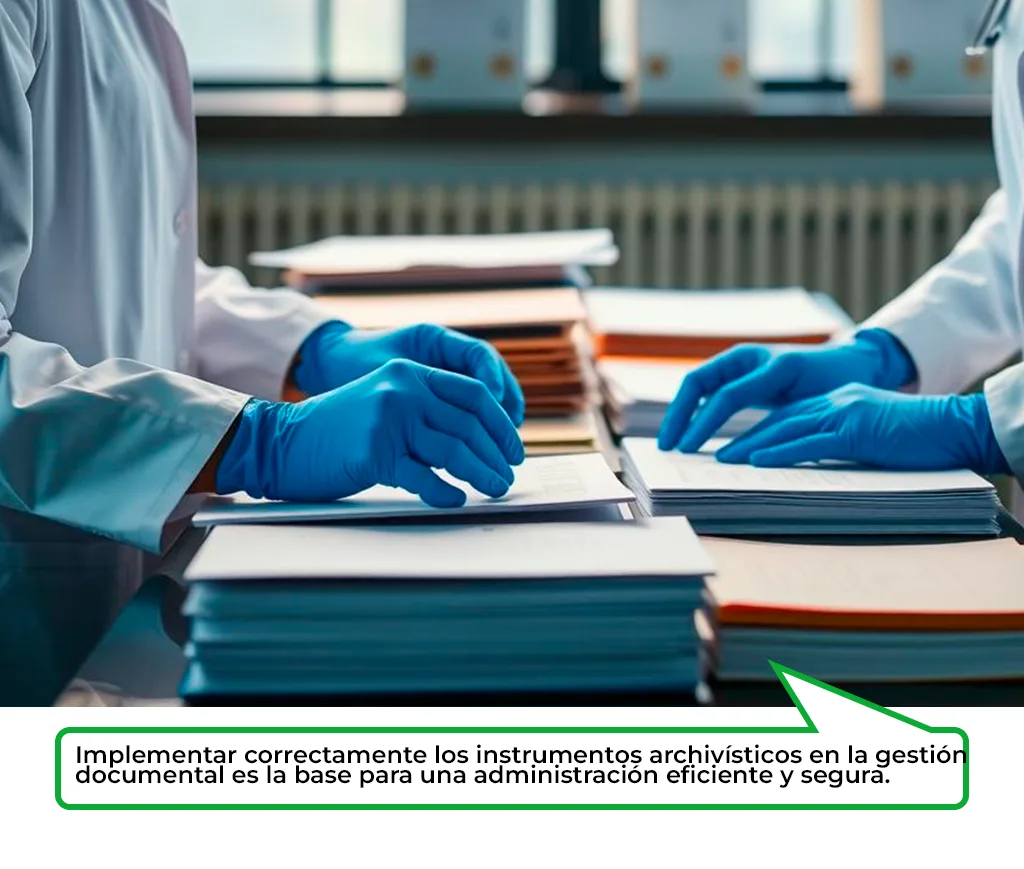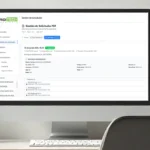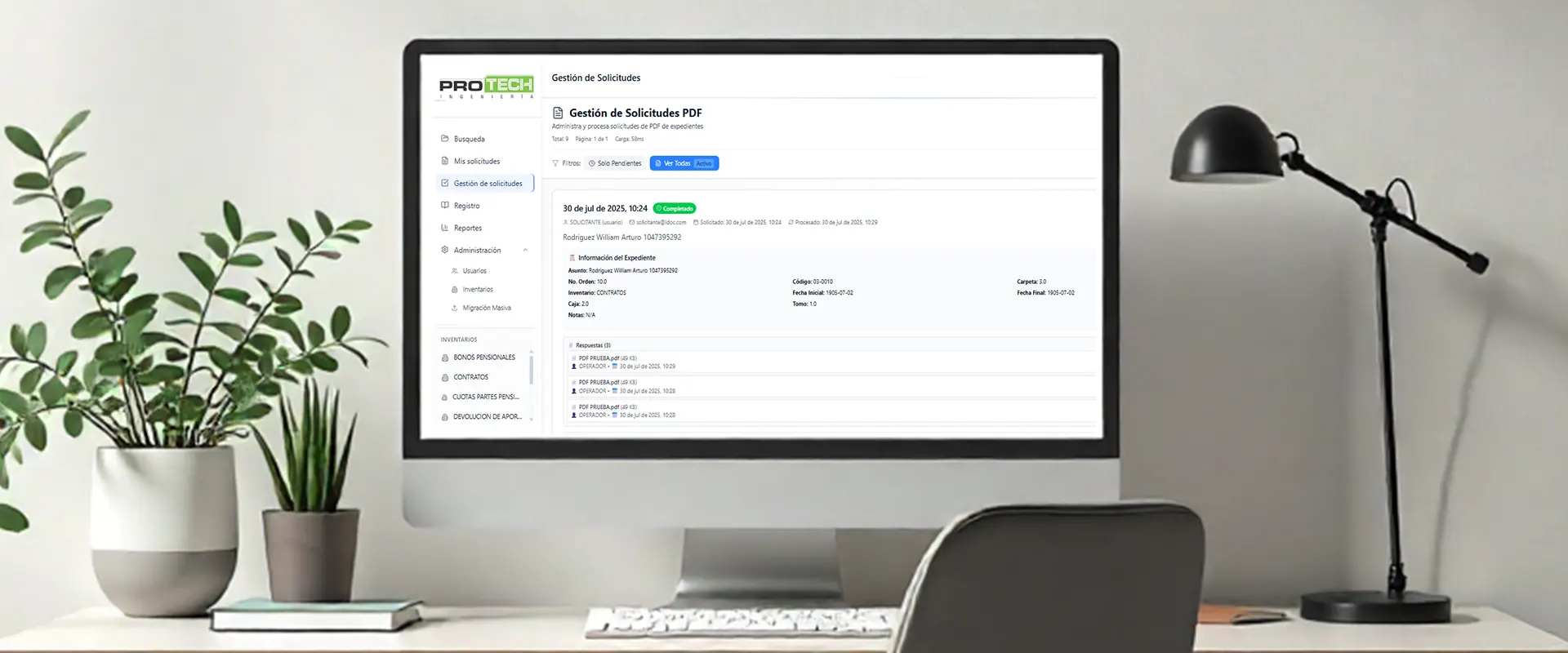Within document management, archival instruments in document management play an essential role. These tools allow for the structured, descriptive, and efficient control of documents. Their main purpose is to facilitate access to information, as well as to ensure the preservation and protection of documents over time.
Relevance of Archival Instruments in Document Management
Archival instruments in document management are key components in the process of organizing documents. Their proper application offers multiple advantages both at the organizational level and in terms of document preservation and availability.
On one hand, these instruments help structure documents in an organized way. Through tools such as catalogs, guides, and inventories, coherent classification systems can be established, which facilitates the quick and effective retrieval of information. They also help identify valuable or priority documents, optimizing the use of available resources.
También son fundamentales para la conservación documental. They are also essential for document preservation. A proper tracking system ensures that documents are maintained in appropriate conditions, reducing the risk of deterioration or loss. Additionally, they provide mechanisms to regulate access to information, which enhances security and prevents data leaks.
Regarding content access, archival instruments in document management allow information to be located through indexes, databases, or directories. This enables more accurate searches and more complete responses, making the most of the informational richness of the archives.

The 8 Archival Instruments You Can't Miss
In Colombia, document management includes various types of instruments that contribute to the proper organization of documentary collections. Below are the most relevant ones, all of which are fundamental components of archival instruments in document management.
1. Document Classification Chart (DCC)
This instrument establishes the hierarchical structure that must be followed by all documents produced by public sector entities. This hierarchy includes coded document series and subseries, organized according to the functions of the department or unit that generates the documentation.
2. Document Retention Schedule (TRD)
Refers to the period during which a document must be preserved. It defines specific guidelines for its conservation and provides criteria to assess the importance of each document group, allowing decisions on whether to retain or dispose of them.
3. Document Management Program (PGD)
A strategic tool that guides the planning of archival processes and services in the short, medium, and long term. Its purpose is to ensure the availability, integrity, and reliability of documents, which serve as sources of institutional knowledge and history. It also enables the implementation of document management policies, projects, and programs.
4. Institutional Archive Plan (PINAR)
This plan is used to organize and plan archival activities in order to define key elements in the formulation of the Strategic and Annual Planning of the Document Management Process, in line with the provisions of the National General Archive (Archivo General de la Nación – AGN).
5. Unified Document Inventory Format (FUID)
This format allows for the clear and effective retrieval of information. It precisely details the document series or topics contained in a specific archive, facilitating their identification.
6. Requirements Model for Electronic Document Management Systems (SGDEA)
This model sets the guidelines to be followed in all technological tools used to carry out functions related to document management within Colombian organizations.
7. Terminological Database of Document Types, Series, and Subseries (BANTER)
Its objective is to standardize the terminology used to name document series and subseries, according to the functions of public administration. This instrument also contributes to document appraisal and the proper creation of Document Retention Schedules.
8. Access Control Table (TCA)
A reference tool that indicates which document groups are available for consultation by internal or external users, facilitating information control and access. All of these are part of the archival instruments used in institutional document management.
Normativa archivística y su relación con los instrumentos de descripción
La normativa archivística está conformada por un conjunto de disposiciones legales, lineamientos y reglamentos que regulan la gestión documental. Estas normas definen los parámetros técnicos y metodológicos que deben seguirse en la creación y utilización de los instrumentos archivísticos en la gestión documental, incluyendo los instrumentos de descripción documental.
Normative Influence on the Development of Descriptive Instruments
Archival standards have a direct impact on the development of document description instruments, as they establish precise criteria for their creation. Among these, the ISAD(G) stands out — the General International Standard for Archival Description — which is widely accepted internationally. This standard defines the necessary elements, levels of description, and relationships between the components of archival records.
At the national level, each country can adapt these international guidelines to its own context and reality. In this way, complementary regulations emerge that address specific needs without contradicting the international framework.
It is important to note that regulations not only govern technical aspects, but also promote ethical principles and archival governance, such as impartiality, transparency, and confidentiality.
Use of Descriptive Instruments as Support for Regulatory Compliance
Descriptive instruments also serve the purpose of supporting compliance with the requirements established by archival regulations. Their existence and proper application provide evidence that defined standards are being followed, adding quality and reliability to document management systems. In this way, the role of archival instruments in document management is reinforced as guarantors of regulatory compliance.
Each institution must adapt these instruments to its own institutional reality, always aligning with current regulations. Likewise, it is advisable to stay up to date with regulatory changes to ensure a modern and effective document management system.

Stages in the Creation of Archival Instruments
The development of archival instruments in document management is a structured process that involves several phases: document analysis, the design and creation of the instruments, and finally, their implementation and administration.
Preliminary Document Analysis
Before designing any instrument, a thorough evaluation of the existing documentation must be conducted. This study allows for the identification of different types of documents, their condition, level of importance, and other relevant characteristics.
To carry out this analysis, various methodologies can be applied: direct document review, interviews with archive managers, use of metadata analysis software, among others.
Design and Formulation of Archival Instruments
After the analysis, the development of archival instruments in document management proceeds. In this phase, classification systems are designed, descriptive elements are defined, and document appraisal tables are created to indicate what to preserve, for how long, and how to handle each document.
These tables are key for determining the retention, disposal, or transfer of documents to other entities.
Application and Management of Archival Instruments
Once the instruments have been designed, they are implemented within the institution. This step includes staff training as well as the creation of manuals to guide their proper application.
Implementation must be harmoniously integrated with existing processes, which requires establishing clear policies, assigning responsibilities, and defining specific procedures for their use.
Finally, continuous monitoring is crucial through audits or periodic reviews to evaluate the effectiveness of the archival instruments in document management and to make adjustments or improvements that keep them updated and operational.
Are you ready to improve the management of your archives?
Contact Us Now!
Apply archival instruments in document management today and enhance your organization.








